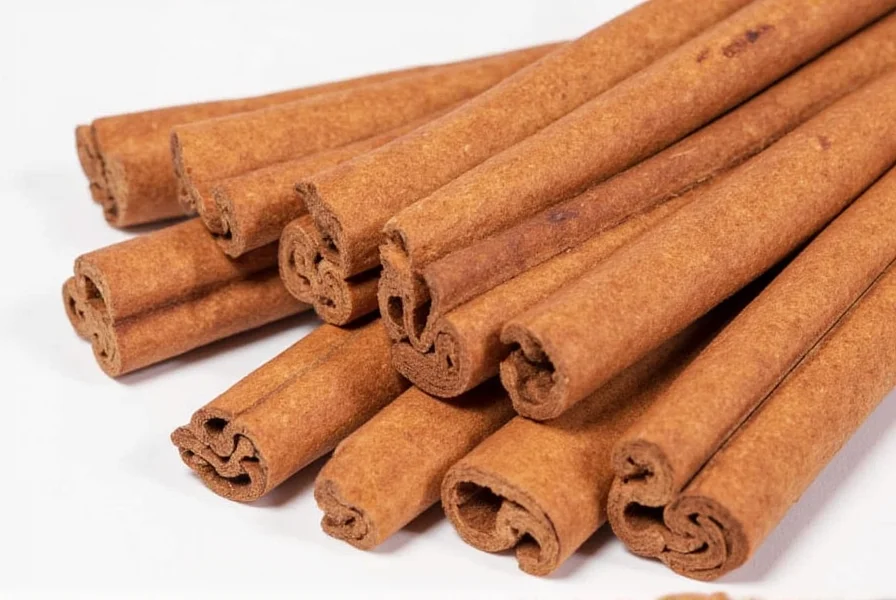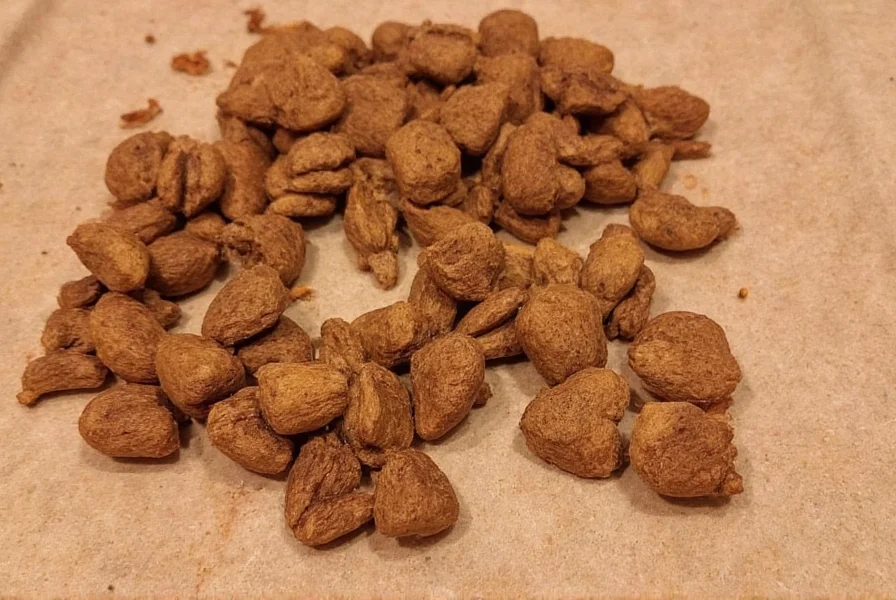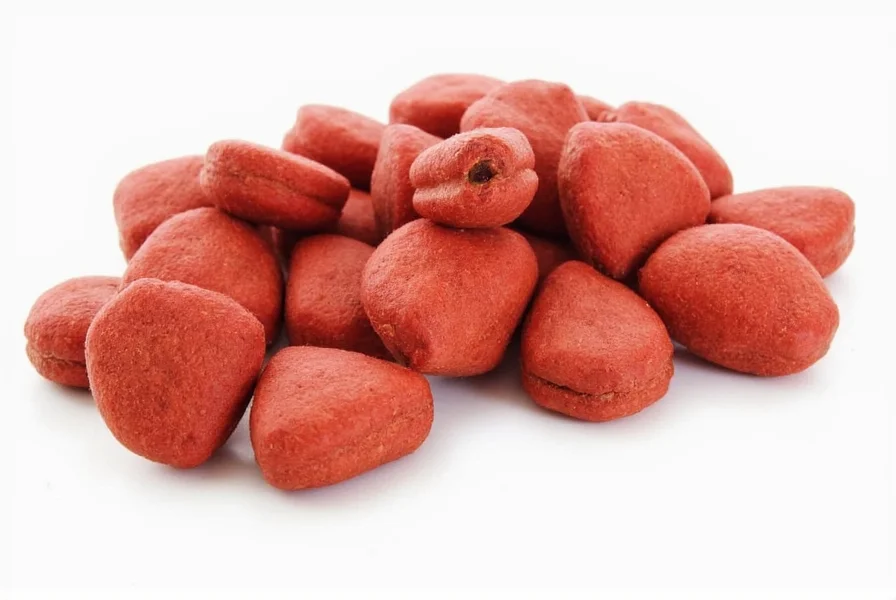Cinnamon hearts have become a beloved candy tradition with their distinctive shape and bold flavor. Unlike regular cinnamon candies that often come in rolls or sticks, these heart-shaped treats offer both visual appeal and that signature cinnamon punch that candy enthusiasts crave. The best cinnamon hearts balance sweetness with just the right amount of spicy heat, creating a memorable flavor experience that keeps people coming back for more.
What Exactly Are Cinnamon Hearts?
Cinnamon hearts belong to the broader category of cinnamon-flavored confections, but they're distinguished by their specific heart shape and particular formulation. These small, flat candies typically measure about 1-1.5 centimeters across and feature a smooth surface with the heart shape clearly defined. The primary ingredients include sugar, corn syrup, cinnamon oil or extract, and food coloring (usually red or pink).
When examining cinnamon hearts ingredients list, you'll typically find that the cinnamon flavor comes from either natural cinnamon oil or artificial cinnamon flavoring. The quality of cinnamon hearts largely depends on the type and amount of cinnamon used in the formulation. Higher quality varieties use more genuine cinnamon oil, resulting in a more complex, less artificial-tasting product.

A Brief History of Cinnamon Hearts
The origins of cinnamon hearts trace back to traditional European candy-making practices. While cinnamon-flavored candies have existed for centuries, the specific heart-shaped formulation became popular in the United States during the mid-20th century. Many candy historians believe cinnamon hearts evolved from similar European confections that used spices like cinnamon for both flavor and preservation.
Unlike their close relative, cinnamon imperials (which are typically square-shaped), cinnamon hearts gained popularity as a Valentine's Day treat due to their shape. Candy manufacturers recognized the marketing potential of heart-shaped candies for the February holiday season, leading to increased production and distribution of cinnamon hearts specifically for this market.
Ingredients and Manufacturing Process
Understanding where cinnamon hearts come from requires examining their production process. Most commercial cinnamon hearts are made using a panning process where sugar and corn syrup are gradually built up in layers around a small center. The cinnamon flavoring is incorporated during this process, along with coloring agents that give them their characteristic red hue.
| Common Ingredients in Cinnamon Hearts | Purpose | Quality Indicator |
|---|---|---|
| Sugar | Primary structure and sweetness | Finer grains create smoother texture |
| Corn syrup | Binds ingredients, prevents crystallization | Proper ratio ensures chewy texture |
| Cinnamon oil/extract | Provides distinctive flavor | Higher quality uses more natural cinnamon |
| Food coloring (red) | Creates visual appeal | Natural coloring preferred by many consumers |
| Confectioner's glaze | Provides shiny finish | Quality brands use food-grade shellac |
When evaluating cinnamon hearts nutritional information, it's important to note they're primarily a sugar-based treat with minimal nutritional value. A typical serving (about 9 pieces) contains approximately 110 calories, 28g of carbohydrates, and 20g of sugar. They contain no fat, protein, or significant vitamins and minerals.
Where to Find Cinnamon Hearts
For those searching where to buy cinnamon hearts candy, several options exist throughout the year, with increased availability during holiday seasons. Major grocery stores often carry them in the candy aisle, particularly around Valentine's Day. Drugstores and convenience stores frequently stock popular brands like Red Vines Hearts or Spangler's cinnamon hearts.
Online retailers provide the most consistent year-round availability for cinnamon hearts. Specialty candy websites, Amazon, and even some brand websites offer direct purchasing options. International varieties can sometimes be found through import food stores or online marketplaces specializing in global confections.

Cinnamon Hearts vs. Similar Confections
Many consumers wonder about the difference between cinnamon hearts and other cinnamon candies. Cinnamon imperials are square-shaped candies with a similar flavor profile but often a slightly different texture. Red Vines cinnamon twists offer a chewier, rope-like alternative, while Hot Tamales provide a harder, more intense cinnamon experience.
The best cinnamon hearts brand depends largely on personal preference regarding the balance of sweetness to spice. Some prefer a milder cinnamon flavor, while others seek that intense spicy kick that makes your mouth tingle. Reading consumer reviews can help identify which brands align with your taste preferences before making a purchase.
How to Enjoy Cinnamon Hearts
Cinnamon hearts can be enjoyed in various ways beyond simply eating them straight from the bag. Some creative uses include:
- Crushing them as a topping for ice cream or baked goods
- Using them as decorative elements in dessert presentations
- Incorporating them into holiday cookie mixes
- Creating cinnamon heart-infused simple syrup for cocktails
- Using them as edible decorations for cakes and cupcakes
For those interested in how to make homemade cinnamon hearts, the process requires specialized candy-making equipment and precise temperature control. While possible to create at home, achieving the proper texture and flavor balance can be challenging without professional candy-making experience.
Frequently Asked Questions
What makes cinnamon hearts different from other cinnamon candies?
Cinnamon hearts are distinguished by their specific heart shape, typically thinner profile, and particular flavor balance. Unlike cinnamon imperials (square-shaped) or Hot Tamales (harder texture), cinnamon hearts offer a chewier consistency with a more gradual release of cinnamon flavor that starts sweet and builds to a spicy finish.
Are cinnamon hearts gluten-free?
Most traditional cinnamon hearts are naturally gluten-free as they contain only sugar, corn syrup, cinnamon flavoring, and coloring. However, always check the specific product's ingredients list as formulations can vary by manufacturer, and some specialty varieties might include other ingredients. Those with severe gluten sensitivity should look for products certified gluten-free to ensure no cross-contamination occurred during manufacturing.
Why do cinnamon hearts make your mouth tingle?
The tingling sensation from cinnamon hearts comes from cinnamaldehyde, the primary compound in cinnamon responsible for its flavor and aroma. This compound stimulates nerve endings in your mouth, creating a warming, slightly numbing sensation that many describe as a 'tingle.' Higher quality cinnamon hearts use more natural cinnamon oil, which can intensify this characteristic sensation compared to candies using artificial flavoring.
Do cinnamon hearts contain actual cinnamon?
Most cinnamon hearts use artificial cinnamon flavoring rather than actual ground cinnamon. The distinctive flavor comes primarily from cinnamaldehyde, which can be derived naturally from cinnamon bark or created synthetically. Higher quality brands often use a combination of natural and artificial flavors to achieve the desired taste profile while maintaining cost-effectiveness and consistent flavor from batch to batch.
How should cinnamon hearts be stored for maximum freshness?
To maintain optimal freshness, store cinnamon hearts in their original packaging until opened, then transfer to an airtight container at room temperature. Keep them away from direct sunlight and moisture, which can cause them to become sticky or lose their shape. Properly stored, they typically remain fresh for 6-12 months. Avoid refrigeration as temperature fluctuations can cause condensation that affects texture.











 浙公网安备
33010002000092号
浙公网安备
33010002000092号 浙B2-20120091-4
浙B2-20120091-4